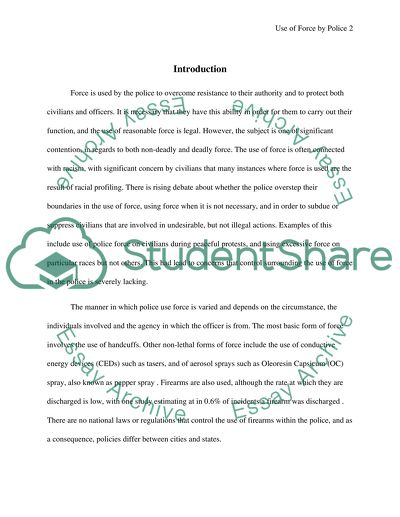Cite this document
(“The Use of Force by Police, Specific Cases and their Implications Research Paper”, n.d.)
Retrieved from https://studentshare.org/law/1433298-conduct-research-and-write-a-term-paper-examining
Retrieved from https://studentshare.org/law/1433298-conduct-research-and-write-a-term-paper-examining
(The Use of Force by Police, Specific Cases and Their Implications Research Paper)
https://studentshare.org/law/1433298-conduct-research-and-write-a-term-paper-examining.
https://studentshare.org/law/1433298-conduct-research-and-write-a-term-paper-examining.
“The Use of Force by Police, Specific Cases and Their Implications Research Paper”, n.d. https://studentshare.org/law/1433298-conduct-research-and-write-a-term-paper-examining.


